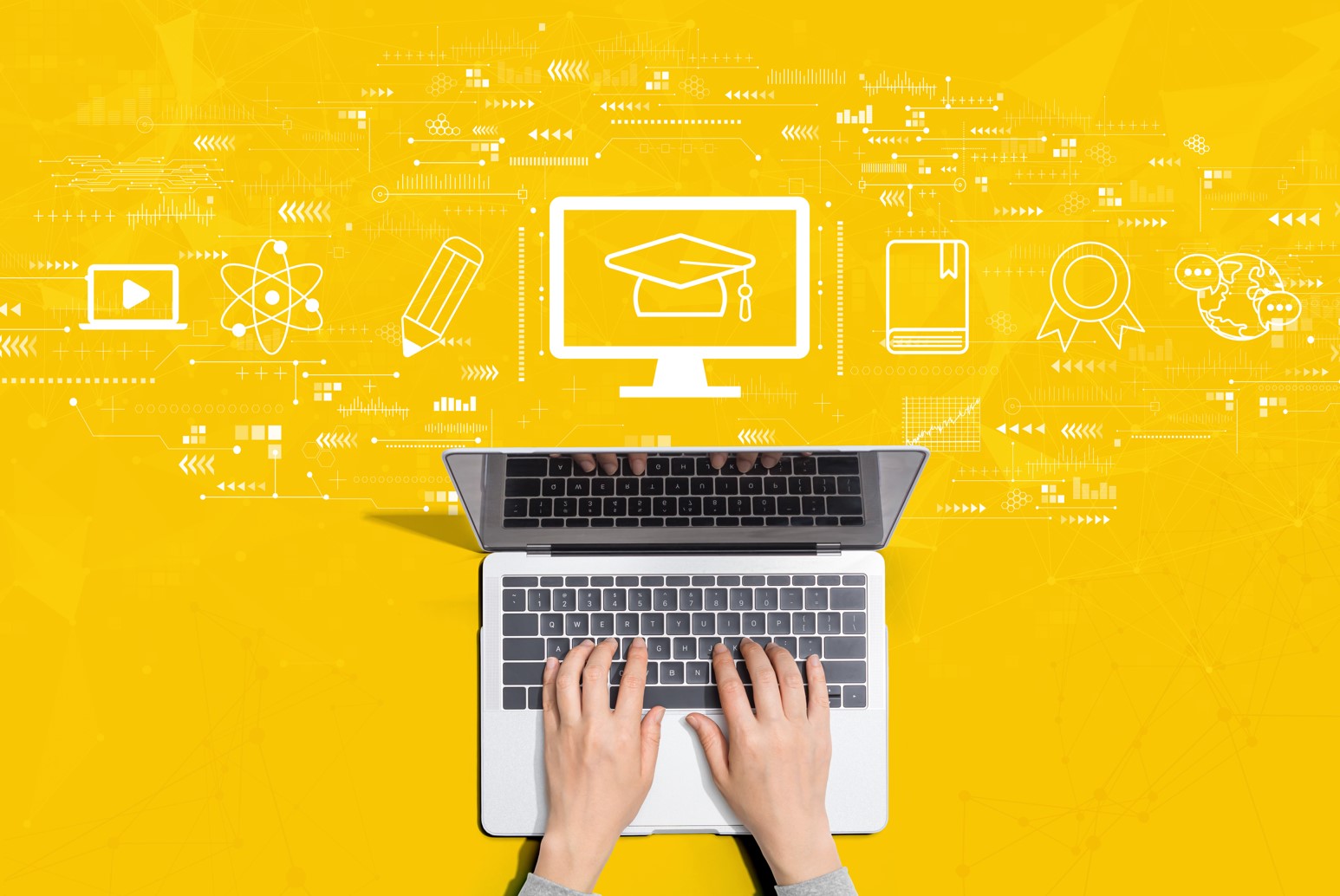The strategy of integrating gamification into the workplace is becoming increasingly popular in the world of technology because of the efficiency with which it improves a company’s productivity. Gamification is effective for the training process as it promotes continuous engagement in the learning process at work in order to achieve performance goals.
Gamification is one of the most popular corporate learning trends
A gamification strategy has numerous benefits for both managers and employees. The gamification market is expected to be worth $30.7 billion by 2025. Through combining tasks and company goals with rewards and recognition, gamification improves a company’s productivity. That’s why more than 400 multinational companies have started investing heavily in gamification.

“It is important to understand that the purpose of gamification, with applications like mindclass, is not to turn work into a game. Instead, the idea is to combine game mechanics with work tasks to boost productivity and make work more interesting. In addition, encouraging employee engagement stimulates employees to focus on the overall success of the organisation,” says Gabriela Carata, Product Manager mindclass
Inspiration and motivation, a fun learning environment and a more engaging workplace are all benefits of gamification for employees.
What is gamification?
When a company adds games to employee training and eLearning, this is called gamification. The strategy allows a company to incorporate intriguing, game-like features – such as storytelling, problem-solving and rewards – that help employees become interested in training while effectively accumulating a set of knowledge
Gamification makes doing business more engaging and less stressful. Employees are motivated to achieve more when they receive immediate rewards, frequent surveys and timely recognition. There are a few key reasons why gamification resonates so strongly with learners.
Gamification appeals to all demographics
Research shows that gamification benefits learners of all age groups. Generally frontline workers represent a mix of age groups, so gamified training will cover a broad spectrum of users.
Gamification gets learners excited about the training process
On-the-job training covers a wide range of topics including compliance, safety, product details, company processes and more. Gamification apps can boost interest in general training, including more technical training that requires extra focus.
“For example, including simple games as part of the training experience has been shown to boost attendance by 52%. Many participants will happily log in to complete their lessons day after day without being told, simply to rank higher the leaderboard or to earn their next badge,” continues Gabriela Carata, Product Manager mindclass
Gamification improves knowledge retention
As new concepts are learned in the workplace, with applications like mindclass developed by Smart ID, they are more likely to be retained and applied in the workplace. To maximize both knowledge acquisition and retention, it is important to reinforce learning concepts again and again, and the reinforcement should be tailored to each individual learner.
Source: Business Magazine





